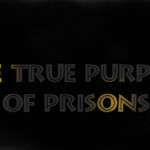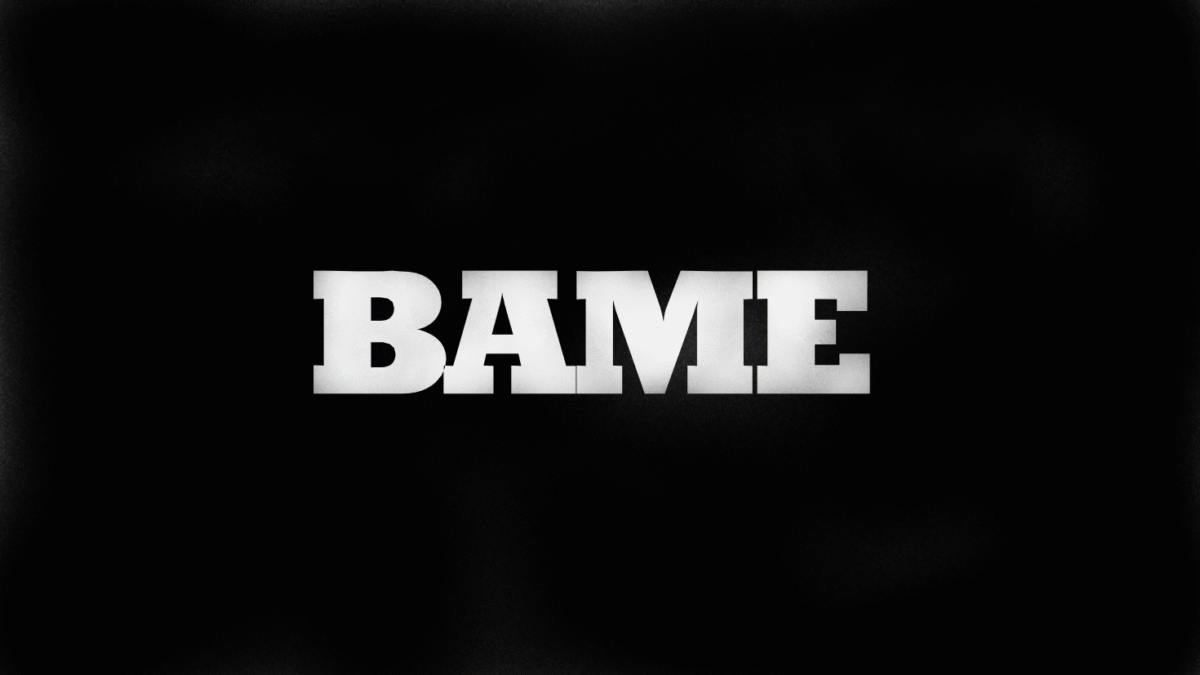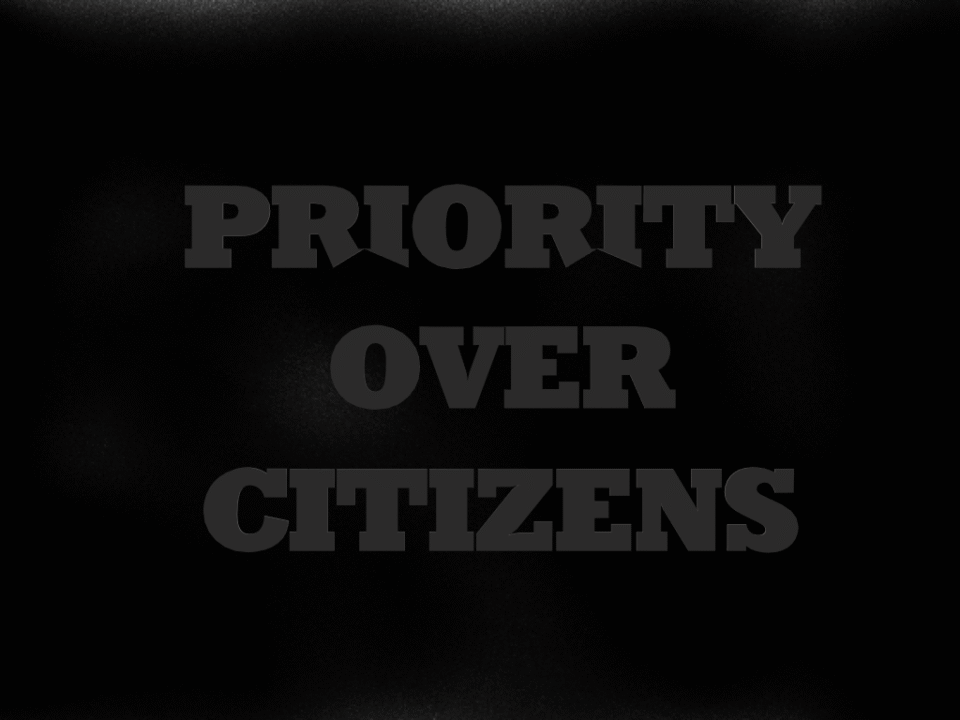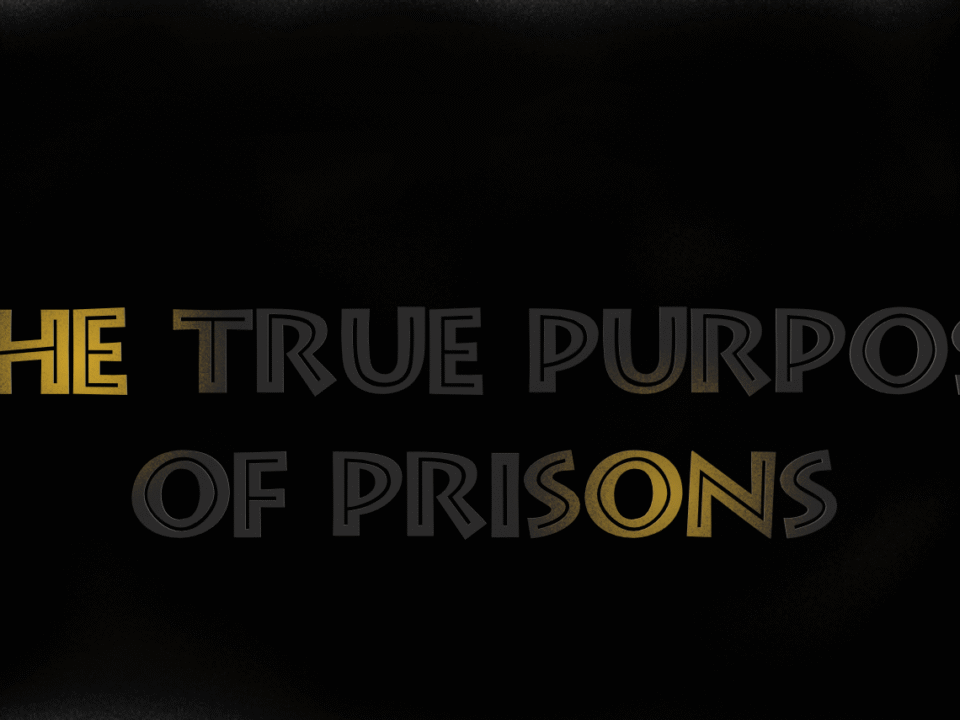
Do Not Change A Thing
July 14, 2025
What is the true purpose of prisons?
July 16, 2025BAME
And you call me colored.
In the early 1990’s we started using the catch all political term of Black which incorporated Black (African and Caribbean), Asian descent (Indian, Pakistani, Bangladeshi, Sri Lankan etc) and then we had people from the far East – e.g. from China. I liked this to as it created a sense of unity and inclusivity.
Then we had BME which was ok too then BAME which I didn’t particularly warm to at first but now I have come to like it.
Now people from the US have started to use ‘People of colour’. I ask myself how is that different to being coloured especially if you apply the Agra Gra test
The phraseology seems to be going round in circles and if we are not careful it will wrap us up in knots. There is a debate raging about whether or not we should use the full acronym BAME, or just parts of it like ‘B’ ‘A’ and even ME where B stands for Black (referring to people of African and Caribbean descent) and would be separate and distinct from Asian and Minority Ethnic which is the ‘A’ part of it.
This still leaves us with the issue that people of African backgrounds as opposed to Caribbean backgrounds can have a completely different cultural outlook on education, work, jobs, parenting, accents, religion. Somalis have far different cultural background, for instance to Jamaicans.
If you want to achieve meaningful data and insights it is important to drill down into the components parts that make up being Black because different people who might identify with the term Black are likely to have different life experiences because of the heritage passed down to them by parents or grandparents.
African and Caribbean descent can be drilled down into British-born Caribbean and Caribbean-born Caribbean, British-born African and so on. The attitude’s, beliefs and cultural norms of second generation people of African and Caribbean descent are often radically different to their parents.
Africa is a huge continent in itself with many regional and national differences, which means the culture in places such as West Africa will be totally different from South Africa or North Africa with countries like Algeria, Morocco and Tunisia. The cultural norms in the different Caribbean islands can also vary widely.
'BAME' and 'BME'
These acronyms have been used to refer to people of non-white ethnicities who are minoritised in the UK.
Note that these statistical categories do not tend to include white minority ethnic groups but they do include those who identify as having a mixed ethnicity.
Both ‘BAME’ (Black, Asian and minority ethnic) and ‘BME’ (Black and minority ethnic) are often used when making comparisons with the white population in the UK and reflect a common way of gathering and collating statistics, for example, by the Office for National Statistics (ONS) and in company diversity monitoring.
‘BAME’ became more frequently used than ‘BME’ to recognise the significant and distinct Asian population in the UK. It should be noted too that the ‘Asian’ category used by the ONS includes South Asian ethnicities (for example, Indian, Bangladeshi and Pakistani) and East Asian ethnicities (for example, Chinese).
Use of the term ‘BAME’ has been increasingly criticised. In Black History Month, our Ethnic Minority Lawyers Division recorded a podcast on ‘Is BAME problematic?’
There is a real need to acknowledge this and improve our understanding of the experiences of different racial or ethnic groups rather than lumping them all together. Data collection and statistical analysis (sample size permitting) should seek to move beyond simplistic comparisons wherever possible.
Terms such as ‘BAME’ or ‘BME’ should not be used as a replacement for directly addressing a specific racial or ethnic group or individual when that is who we are speaking about. They are not adjectives and do not describe an individual identity.
For example, avoid saying: “He’s a BAME solicitor.” Where possible be specific and say “he’s a Black solicitor” or “she’s an Asian solicitor
More recently, UK broadcasters (the BBC, ITV, Channel 4 and Channel 5) have committed to avoid using the acronym wherever possible.
The controversy and unease with the term ‘BAME’ largely stems from the grouping together of diverse ethnicities, and the implication that it reflects a singular or homogenous ethnic identity.
However, it may be appropriate in some contexts still to use such broad categories, for example, when you are making statistical comparisons between white and the Black, Asian and minority ethnic populations.
It’s better to write them in full at first use, as research has found many also do not understand what they stand for.
You should also use capitals and avoid writing ‘Bame’, which implies it’s a distinct word or identity, or pronouncing it as a word.
The population of the UK has become much more ethnically diverse and the range of differing experiences and identities has grown.
People of Colour
This is primarily used in the USA and has not been fully adopted within the UK although it has become more popular.
Some perceive it as a more positive term than ‘BAME’ or ‘BME’.
However, others see it as similarly problematic, in that it groups together people of great ethnic diversity and different shared experiences and identities.
Ethnic minority, minority ethnic or minoritised ethnic
These terms usually refer to racial and ethnic groups that are in a minority in the population.
In the UK, they usually cover all ethnic groups except White British. For example, they include white minority ethnic groups such as Polish or Gypsy, Roma and Irish Traveller.
‘Minority ethnic’ is sometimes preferred over ‘ethnic minority’. Use of minority ethnic was proposed to help counter the use of the term ‘ethnic’ when referring to people who are not White British. Some felt that by not putting ‘ethnic’ first, ‘minority ethnic’ better recognised the fact that everyone has an ethnicity including White British people.
‘Minoritised ethnic’ (or the similar term ‘racially minoritised’) has been recommended more recently as it recognises that individuals have been minoritised through social processes of power and domination rather than just existing in distinct statistical minorities. It also better reflects the fact that ethnic groups that are minorities in the UK are majorities in the global population.
As we discuss further below, you should take care when using umbrella terms such as these.
Users should be aware of the negative consequences of grouping all minoritised individuals together in this way, especially when there is significant diversity between them.
Always consider use of these terms carefully and be sure and prepared to clarify which races and/or ethnicities you are actually speaking about
Race versus ethnicity
There are a significant number of words, phrases and acronyms that appear when talking about race and ethnicity which often change depending on the context of the conversation.
Language is continuously evolving.
It’s important to understand the meaning behind the terms we use to address people and to keep updated and willing to refresh our language so we use appropriate and respectful terms.
It’s also imperative to remember that individuals will have their own particular preferences as to how they would describe themselves, and how they would wish to be described.
Identity is extremely personal. You should listen, educate yourself, learn, and politely ask about preferences, if in doubt.
Race
Race is a categorisation that is based mainly on physical attributes or traits, assigning people to a specific race simply by having similar appearances or skin colour (for example, Black or white).
The categorisation is rooted in white supremacy and efforts to prove biological superiority and maintain dominance over others.
It’s now widely accepted that race is a social construct. However, having been racialised and shared common experiences of racism, racial identity is important to many and can be a basis for collective organising and support for racially minoritised individuals.
Ethnicity
Ethnicity is broader than race and has usually been used to refer to long shared cultural experiences, religious practices, traditions, ancestry, language, dialect or national origins (for example, African-Caribbean, Indian, Irish).
Ethnicity can be seen as a more positive identity than one forged from the shared negative experiences of racism. It’s more commonly used and asked about within diversity questionnaires in the UK.
Equality Act definitions
In the Equality Act 2010, the protected characteristic of ‘race’ is defined as including colour, ethnic or national origin, or nationality.
There is some overlap with the characteristic of religion or belief too with Jews and Sikhs considered to be ethnic groups under the act, although Muslims are not considered an ethnic group but a religious group only under the act’s definitions
Ethnic minority, minority ethnic or minoritised ethnic
These terms usually refer to racial and ethnic groups that are in a minority in the population.
In the UK, they usually cover all ethnic groups except White British. For example, they include white minority ethnic groups such as Polish or Gypsy, Roma and Irish Traveller.
‘Minority ethnic’ is sometimes preferred over ‘ethnic minority’. Use of minority ethnic was proposed to help counter the use of the term ‘ethnic’ when referring to people who are not White British. Some felt that by not putting ‘ethnic’ first, ‘minority ethnic’ better recognised the fact that everyone has an ethnicity including White British people.
‘Minoritised ethnic’ (or the similar term ‘racially minoritised’) has been recommended more recently as it recognises that individuals have been minoritised through social processes of power and domination rather than just existing in distinct statistical minorities. It also better reflects the fact that ethnic groups that are minorities in the UK are majorities in the global population.
As we discuss further below, you should take care when using umbrella terms such as these.
Users should be aware of the negative consequences of grouping all minoritised individuals together in this way, especially when there is significant diversity between them.
Always consider use of these terms carefully and be sure and prepared to clarify which races and/or ethnicities you are actually speaking about




